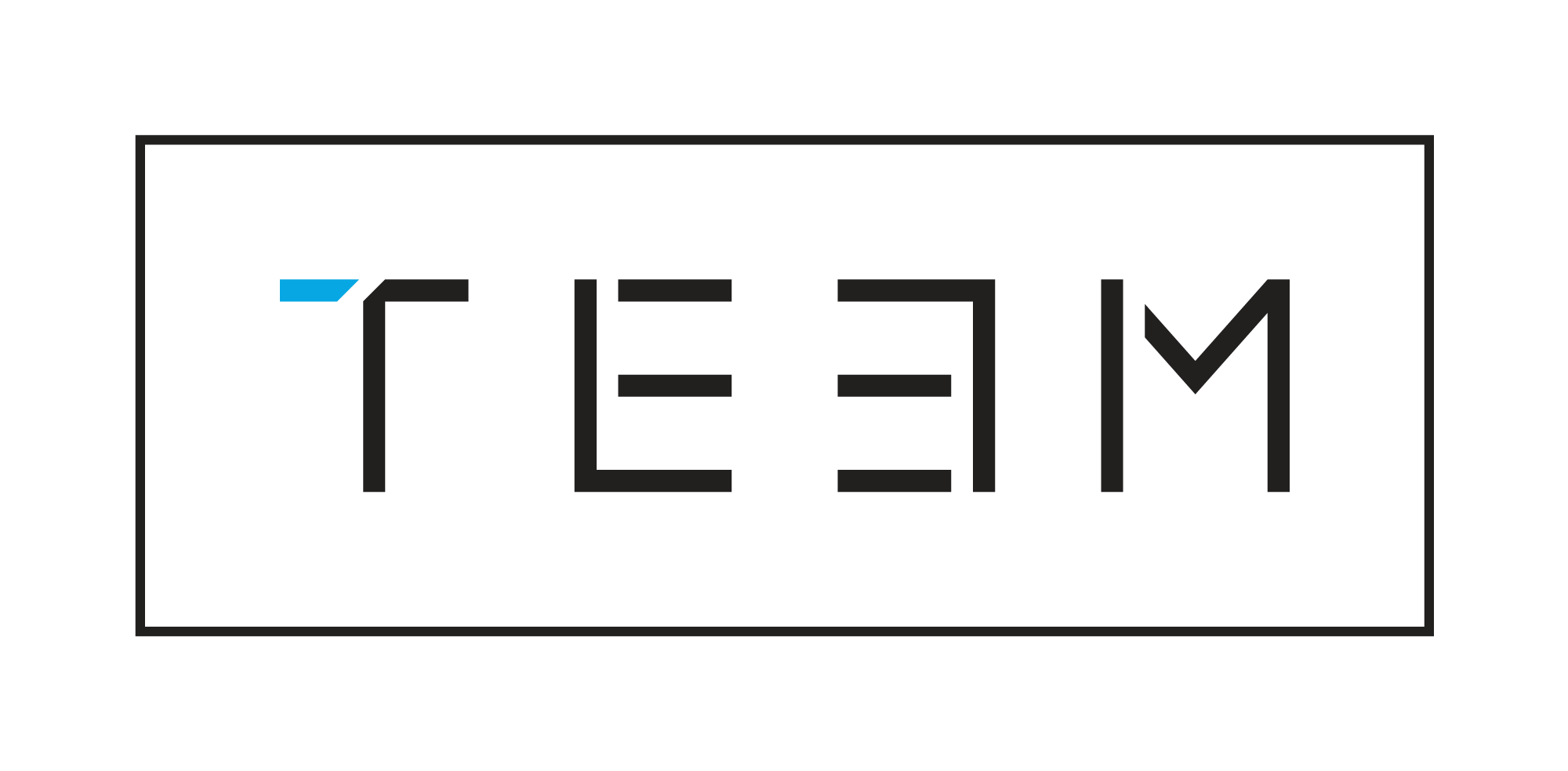Trish Thomas, CEO of TEEM Last week I was reading an opinion piece in AdAge by Michael Farmer bemoaning the death of the Agency of Record and sharing all the pitfalls faced by brands as a result. (Enjoy the entire article here) Massive upheaval is afoot in the ad industry, as we all know. But I continue to be surprised that agencies’ reaction is to blame brands for their obtuseness and unwillingness to uphold the status quo. Our industry is experiencing painful flux because it has proven unable to keep pace with the demands of modern brands. The AOR is dying because it clearly wasn’t working for anyone except agencies. We, as a collective creative community, need to own that sad fact. When a method is working brilliantly, the market naturally continues or even expands the trend. Advertisers shift tactics when they stop working – and the AOR relationship has been increasingly out of step with what’s going on in the real world. As a business growth strategist and consultant for over a decade, my interactions with agencies until recently were largely from the client-side… advocating for a brand’s perspective and best interest. As such, I saw first-hand the lack of responsiveness, adaptability and ROI that have been the hallmark of many long-standing AOR relationships. Ironic, but in the past I was often one of the advocates for shaking things up on the marketing front. Today, as CEO of TEEM in Boulder, it’s interesting to be in the ‘belly of the beast’ so to speak. Our unique talent sourcing and management structure is a direct attempt to counter many of the failing habits of the ad industry and try something new. I truly believe that forward-thinking models offer the best hope for a future wherein happy clients and profitable agencies deliver great campaigns hand-in-hand. Michael Farmer’s arguments have some validity – but largely because agencies refuse to change and clients continue to pay the price. Let’s take a hard look at the common complaints about the demise of AOR engagements: “Without hefty AOR retainers, agencies will slash costs and expertise at the expense of capability.” This is only true if an agency has to ‘own’ a resource full-time in order to successfully leverage that resource. I don’t believe that in light of the new gigging economy this is the rule. Agencies have to embrace the freelance movement and not fear it. They need to learn to collaborate more effectively with project-teams, in-house agencies and contract creatives who are opt-in (granted this requires them to relinquish some control and be more flexible and open). There is a greater stable of stellar creative talent available in the free market today than I have ever seen in the past. Learn to use it wisely and both utilization and costs flow with revenue, making amazing talent viable for even small shops. “Agencies influence with brands’ is diluted by dividing work between multiple agencies and teams.” Again, this is true if agencies are incapable of partnership to the benefit of the client. At TEEM, we have accepted the fact that we will often not be the sole agency in the mix on certain accounts. Rather than isolating our team and funneling energy into making our fellow service providers look bad, we are electing to collaborate, drive group brain-storming sessions, and be open-minded to integrating channels and incorporating big ideas from outside sources. Is it really the end of the world if a brand wants one agency on traditional advertising, one agency on strategy and one agency on digital? To throw all the blame for current industry pain on our clients seems like a cheap shot to me. It disavows any ownership that agencies should accept for their role in the debacle, and essentially lobs a rock at the departing backside of brands. To say that advertisers should pump money into the bottomless pit of AORs so that agencies can invest at will in costly talent and technology simply to deliver mediocrity ignores the core problem. Agency revenues have never been higher and there is ample anecdotal evidence from similar industry shifts that more money doesn’t always solve systemic issues (the music industry, anyone?). From my conversations with clients, most of them would love to consolidate their budgets and integrate marketing activities with a few strong strategic partners, but when they fail to see the caliber of service or results they believe they deserve they have looked to other options. Once they break rank with their AOR, logic demands that they test new partners and new strategies to uncover the best utilization of resources. The current fragmented approach of hiring six agencies to work solely on a project basis in silos is a half-baked solution, and I don’t believe it is a predictor of the future. Rather it is temporary backlash – a symptom of the extreme lack of confidence that brands currently have in our ability to give them what they need. If agencies can present truly ground-breaking relationship models that combine all that was good and right about the AOR and address the profound current disconnect with clients, advertising will boom. It’s time to challenge the status quo and make a paradigm shift in how we deliver creative. One of the most profound statements in Farmer’s article is “A fundamental transformation that adds capabilities and influence with clients is certainly called for, but few agencies have any such plans.” A distressing reality, but true. The death of the AOR will undoubtedly hurt (or kill) legacy agencies who are unwilling to change. But it will force the kind of innovation, fresh thinking and differentiation that can make our industry great again. We sell creative, right? Surely we can sprinkle a little bit of imagination back onto ourselves.
